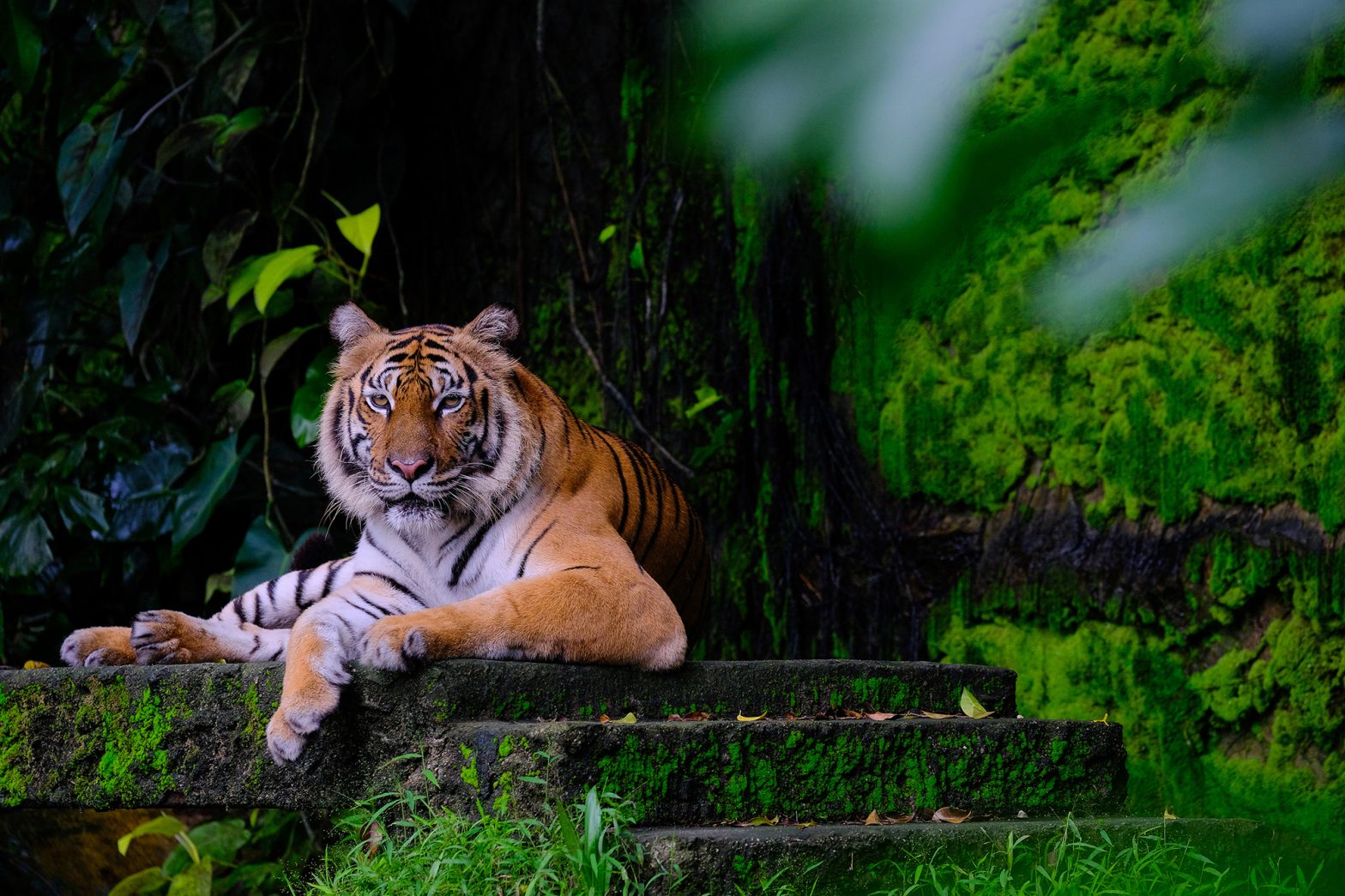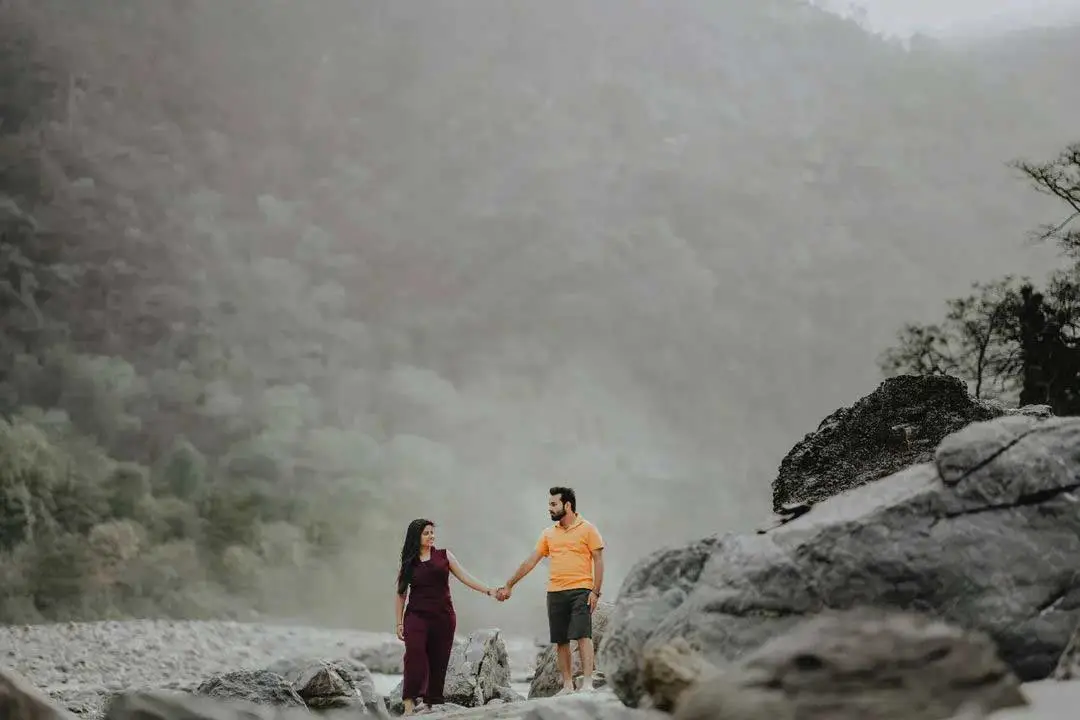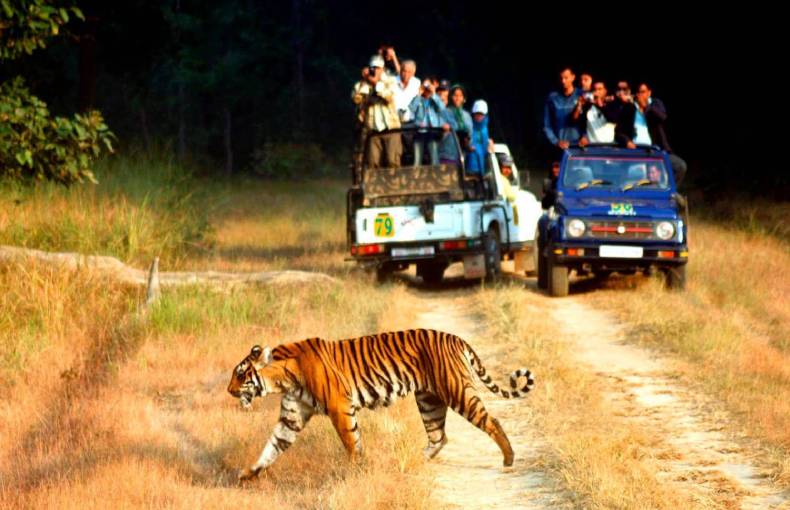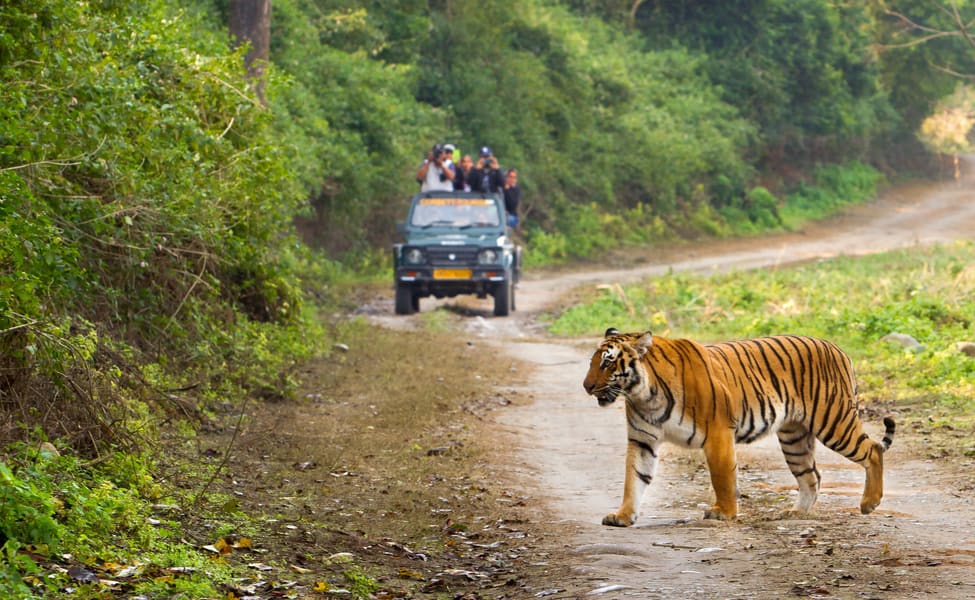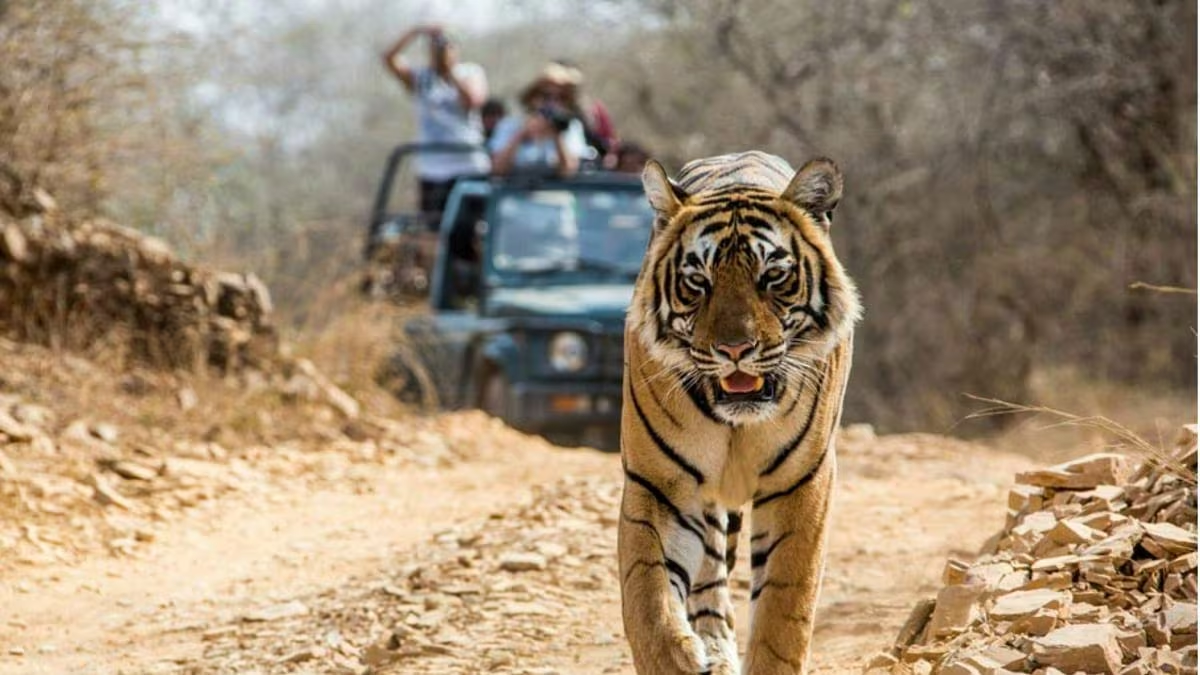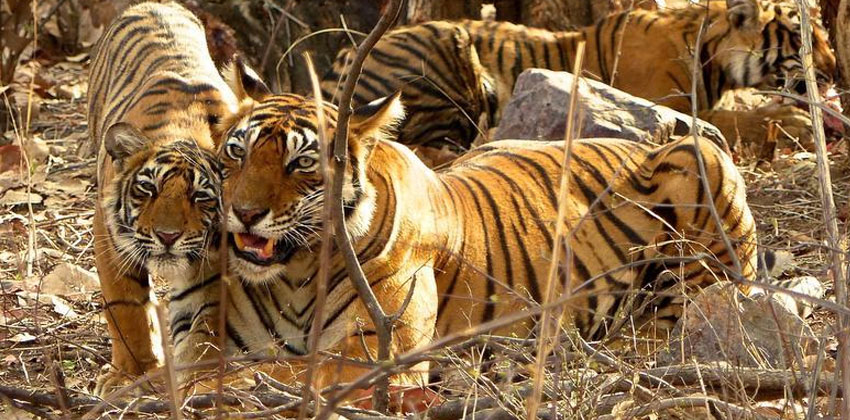Best Time to Visit Jim Corbett
Jim Corbett National Park, nestled in the foothills of the Himalayas in Uttarakhand, India, is a haven for wildlife enthusiasts and nature lovers. We all know that it’s one of the most famous tiger reserves in the world. However, planning your visit to this wilderness requires careful consideration of the timing. The best time to visit Jim Corbett largely depends on your preferences and what you want to experience.
In this guide, we’ll walk you through the seasons and help you choose the perfect time to explore this forestry paradise.
Winter Season (November to February)
Weather: Winters in Jim Corbett are cold but pleasant. Temperatures can drop to as low as 5°C in December and January.
Wildlife Sightings: This is an excellent time for wildlife enthusiasts. The sparse foliage and dry grass make it easier to spot animals, including tigers and leopards. The park is less crowded during these months.
Birdwatching: Winter is a paradise for birdwatchers as migratory birds from Central Asia and Europe visit the park. You can spot a wide variety of avian species.
Spring Season (March to April)
Weather: Spring brings a gradual increase in temperature, with daytime temperatures ranging from 20°C to 35°C.
Flora: The forest starts to bloom during this time, creating a lush and vibrant landscape.
Wildlife Sightings: Animal sightings are still good during spring, and the park is not as crowded as it is during the summer.
Summer Season (May to June)
Weather: Summers in Jim Corbett can be scorching, with temperatures soaring to 40°C or higher.
Wildlife Sightings: While it’s hot and dry, animals tend to gather around water sources, making it easier to spot them. This is one of the best times for tiger sightings.
Monsoon Season (July to September)
Weather: The monsoon season brings heavy rainfall and high humidity, with temperatures ranging from 25°C to 35°C.
Flora: The park comes alive during the monsoon, with lush greenery and blooming flowers.
Wildlife Sightings: Animal sightings can be challenging due to the dense foliage, and some zones may be closed during this period. However, it’s a fantastic time for nature enthusiasts and photographers.
People who appreciate the beauty of the monsoon, lush landscapes, and fewer crowds will surely adore this season here.
Autumn Season (October)
Weather: October marks the transition from monsoon to winter. The weather becomes pleasant, with temperatures ranging from 15°C to 30°C.
Wildlife Sightings: Animal sightings start improving as the monsoon recedes, and the vegetation thins out.
Travelers who want to enjoy the best of both worlds – pleasant weather and good wildlife sightings would have a great time in autumn.
Hence, the best time to visit Jim Corbett National Park majorly depends on your preferences and interests. Regardless of when you choose to visit, Jim Corbett promises a memorable and unique experience in the lap of nature.

